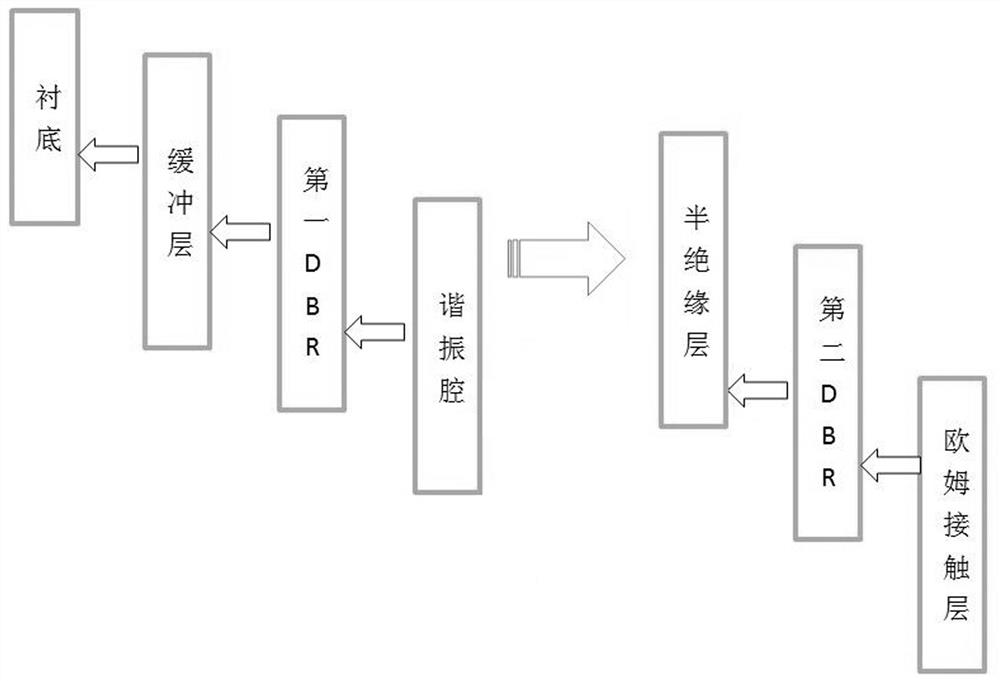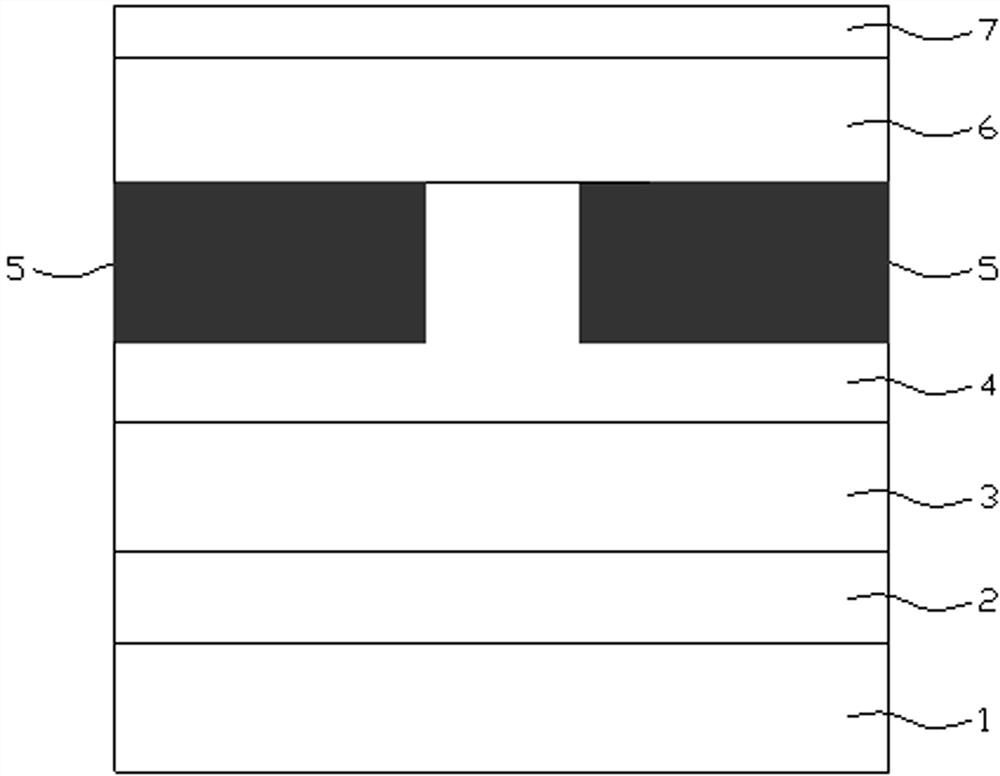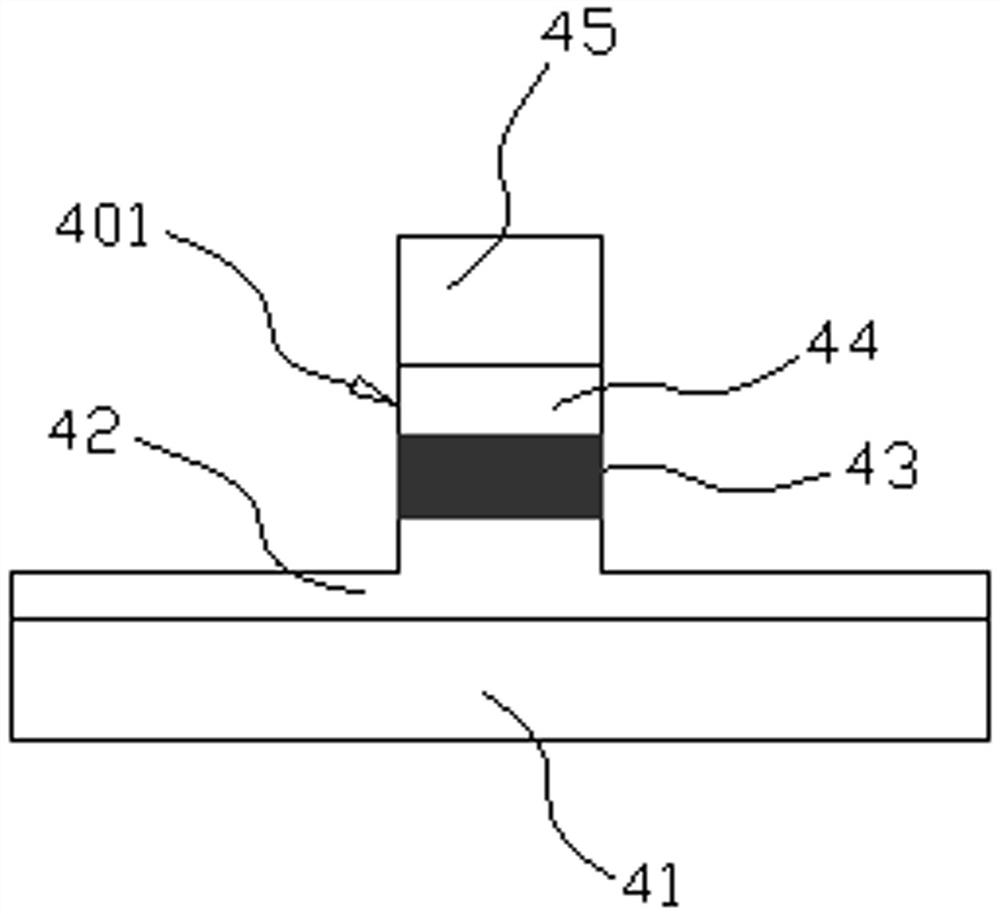Buried non-oxidation aperture VCSEL epitaxial structure and preparation process thereof
An epitaxial structure, non-oxidative technology, used in laser parts, semiconductor lasers, electrical components, etc., can solve the problems of maximum output power and modulation bandwidth limitations, different thermal expansion coefficients, and difficult to control the lateral geometry and size of the oxidized aperture. Achieves effects that contribute to bandwidth and high-speed modulation, no thermal expansion coefficient differences, excellent electrical confinement
- Summary
- Abstract
- Description
- Claims
- Application Information
AI Technical Summary
Problems solved by technology
Method used
Image
Examples
Embodiment Construction
[0032] The invention will be further described below with reference to the accompanying drawings and specific embodiments.
[0033] It should be noted that, the descriptions in the description and drawings given in the various embodiments of the present invention are only schematic and do not represent all specific structures.
[0034] The structures, proportions, sizes, etc. shown in the drawings attached in this specification are only used to cooperate with the contents disclosed in the specification, so as to be understood and read by those who are familiar with the technology, and are not used to limit the conditions for the implementation of the present invention. , so it has no technical substantive significance, any modification of the structure, the change of the proportional relationship or the adjustment of the size, without affecting the effect that the present invention can produce and the purpose that can be achieved, should fall within the scope of the present inv...
PUM
| Property | Measurement | Unit |
|---|---|---|
| thickness | aaaaa | aaaaa |
| thickness | aaaaa | aaaaa |
| thickness | aaaaa | aaaaa |
Abstract
Description
Claims
Application Information
 Login to View More
Login to View More - R&D
- Intellectual Property
- Life Sciences
- Materials
- Tech Scout
- Unparalleled Data Quality
- Higher Quality Content
- 60% Fewer Hallucinations
Browse by: Latest US Patents, China's latest patents, Technical Efficacy Thesaurus, Application Domain, Technology Topic, Popular Technical Reports.
© 2025 PatSnap. All rights reserved.Legal|Privacy policy|Modern Slavery Act Transparency Statement|Sitemap|About US| Contact US: help@patsnap.com



